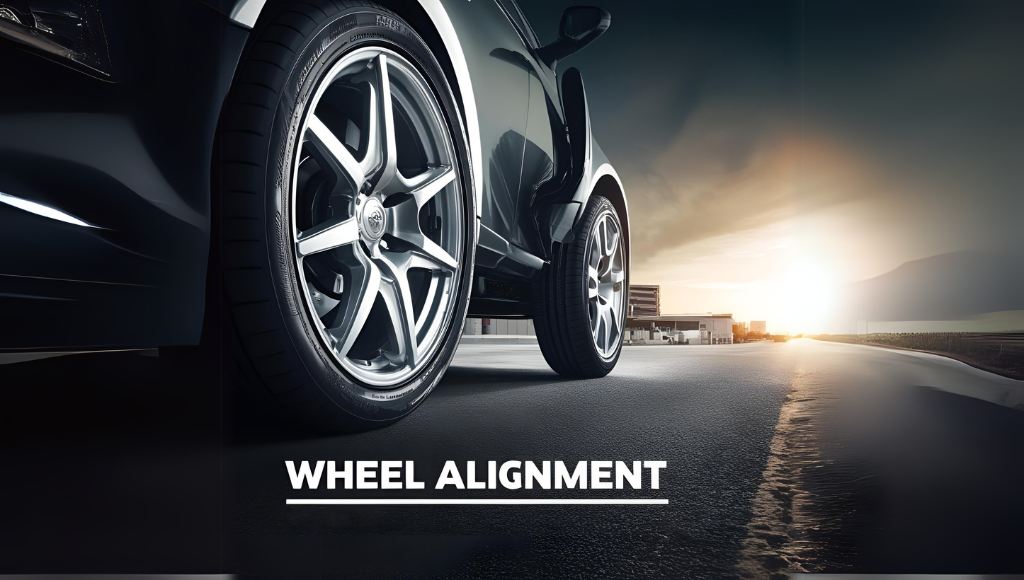
What is Wheel Alignment?
Key Alignment Angles:
Camber – The tilt of the wheels when viewed from the front.
Toe – The direction the tires point relative to the car.
Caster – The angle of the steering axis.
Why is Wheel Alignment Important?
A crash course on wheel alignment helps you understand why it is crucial for your car’s performance. Proper alignment provides the following benefits:
Prevents uneven tire wear – Misalignment can cause tires to wear out faster.
Improves fuel efficiency – Misaligned wheels cause rolling resistance, making your engine work harder.
Enhances driving comfort – A properly aligned vehicle ensures smooth handling.
Increases tire lifespan – Well-aligned wheels prevent unnecessary tire replacements.
Signs Your Car Needs Wheel Alignment
A crash course on wheel alignment would be incomplete without discussing the warning signs. Here are some key indicators:
Vehicle pulls to one side when driving straight.
Uneven or rapid tire wear on one side.
Steering wheel is off-center when driving straight.
Vibration or shaking in the steering wheel.
Squealing tires while turning.
Common Alignment Issues:
| Symptom | Possible Cause |
|---|---|
| Car pulling to one side | Misaligned toe or camber |
| Uneven tire wear | Incorrect camber angle |
| Vibrating steering wheel | Out-of-balance tires or misalignment |
| Off-center steering wheel | Poor toe adjustment |
How Often Should You Get a Wheel Alignment?
A crash course on wheel alignment should also cover how often you should check your alignment. Here are some general recommendations:
Every 10,000 to 15,000 miles or once a year.
After hitting a pothole or curb.
When replacing tires.
If you notice handling issues.
How is Wheel Alignment Done?
Understanding the alignment process helps you know what to expect. Mechanics follow these steps:
Inspection – Checking tire condition and suspension.
Measuring alignment angles – Using specialized equipment.
Adjusting toe, camber, and caster to factory specifications.
Test driving the car to confirm smooth handling.
DIY vs. Professional Alignment
A crash course on wheel alignment wouldn’t be complete without discussing DIY vs. professional alignment.
| Factor | DIY Alignment | Professional Alignment |
| Cost | Low | Higher but more accurate |
| Accuracy | Limited | Precise |
| Equipment | Basic tools | Advanced laser technology |
| Time | Longer | Faster |
While you can attempt a basic alignment at home, professional service ensures precision and safety.
